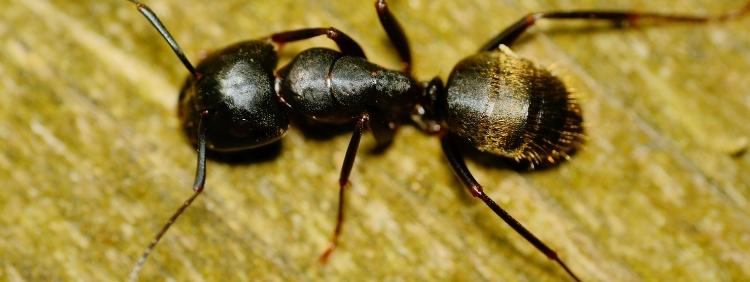 The perception of carpenter ants depends on context, i.e., where they are found. When they remain in the wild, they are seen as beneficial creatures that help to break down dead tree stumps and fallen logs. However, if they make their way into houses, they can cause significant property damage and require carpenter ant pest control in Guelph to remove.
Like other insects, carpenter ants have six legs unless they meet with some accident in which they lose one. Their legs are part of the reason for some of their remarkable abilities.
The perception of carpenter ants depends on context, i.e., where they are found. When they remain in the wild, they are seen as beneficial creatures that help to break down dead tree stumps and fallen logs. However, if they make their way into houses, they can cause significant property damage and require carpenter ant pest control in Guelph to remove.
Like other insects, carpenter ants have six legs unless they meet with some accident in which they lose one. Their legs are part of the reason for some of their remarkable abilities.
 The perception of carpenter ants depends on context, i.e., where they are found. When they remain in the wild, they are seen as beneficial creatures that help to break down dead tree stumps and fallen logs. However, if they make their way into houses, they can cause significant property damage and require carpenter ant pest control in Guelph to remove.
Like other insects, carpenter ants have six legs unless they meet with some accident in which they lose one. Their legs are part of the reason for some of their remarkable abilities.
The perception of carpenter ants depends on context, i.e., where they are found. When they remain in the wild, they are seen as beneficial creatures that help to break down dead tree stumps and fallen logs. However, if they make their way into houses, they can cause significant property damage and require carpenter ant pest control in Guelph to remove.
Like other insects, carpenter ants have six legs unless they meet with some accident in which they lose one. Their legs are part of the reason for some of their remarkable abilities.

